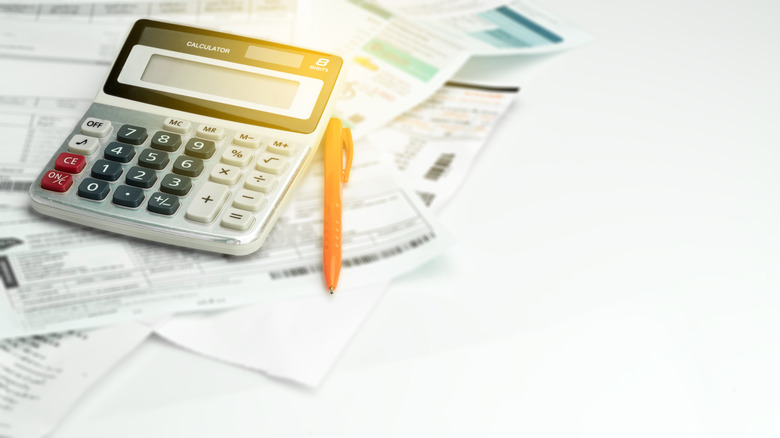Physical Address
Suite 5, 181 High Street,
Willoughby North NSW 2068
Physical Address
Suite 5, 181 High Street,
Willoughby North NSW 2068

Understanding and calculating percentages can help you in many ways: working out the correct tip at a restaurant, knowing how much you are saving on that mega sale or allowing you to interpret data from mathematical and scientific research. In short, learning more about percentages is important for chemistry and all other areas.
A percentage is a way of expressing one number as a portion or share of a whole number, and percentages are always based on their relation to 100, which represents the whole number or object. For example, 75% is the same as 75 out of 100. Any percentage lower than 100 is just part of the whole or total.
Percentages are ratios, they can, therefore, be written as fractions and then decimals. Converting answers from percentages to fractions to decimals can be a good exercise to check the accuracy of your work.You can convert any number to a percent.
To find a percentage of a whole, you first need to know exactly what you’re measuring. For instance, if 38 people in your community have library cards, and you wish to work out the percentage of library card holders in the population, you’ll first need to know the total size of your community.
A percentage of a total is equal to the subset of a total divided by the total, then multiplied by 100. If your community has 230 people in it, you can calculate the percentage of people with a library card. First, you divide 38 by 230, then multiply that total by 100.
38/230 = .165 .165 x 100 = 16.5
Therefore 16.5 percent of the people in your community have a library card.
Decimals are even easier to convert into percentages. To convert a decimal into a percentage, multiply the decimal by 100 and add the percent sign. To multiply a decimal by 100, move the decimal point two digits to the right:
0.8= 0.8 x 100 = 80% 0.53: 0.53 x 100 = 53% 0.173: 0.173 x 100 = 17.3%
You can also use this method to convert decimal numbers that are larger than 1. Say you know there are 1.34 times as many books in your library this year than last year, and you want to know what percentage the number of books you have this year is of the books you had last year. As before, you would multiply 1.34 by 100 and add the percent sign:
1.34 x 100 = 134%
Your number exceeds 100 percent because you’re comparing this year’s book total to the total books from last year, a number represented by 100 percent. Since there are more books this year, that percentage is larger than 100.